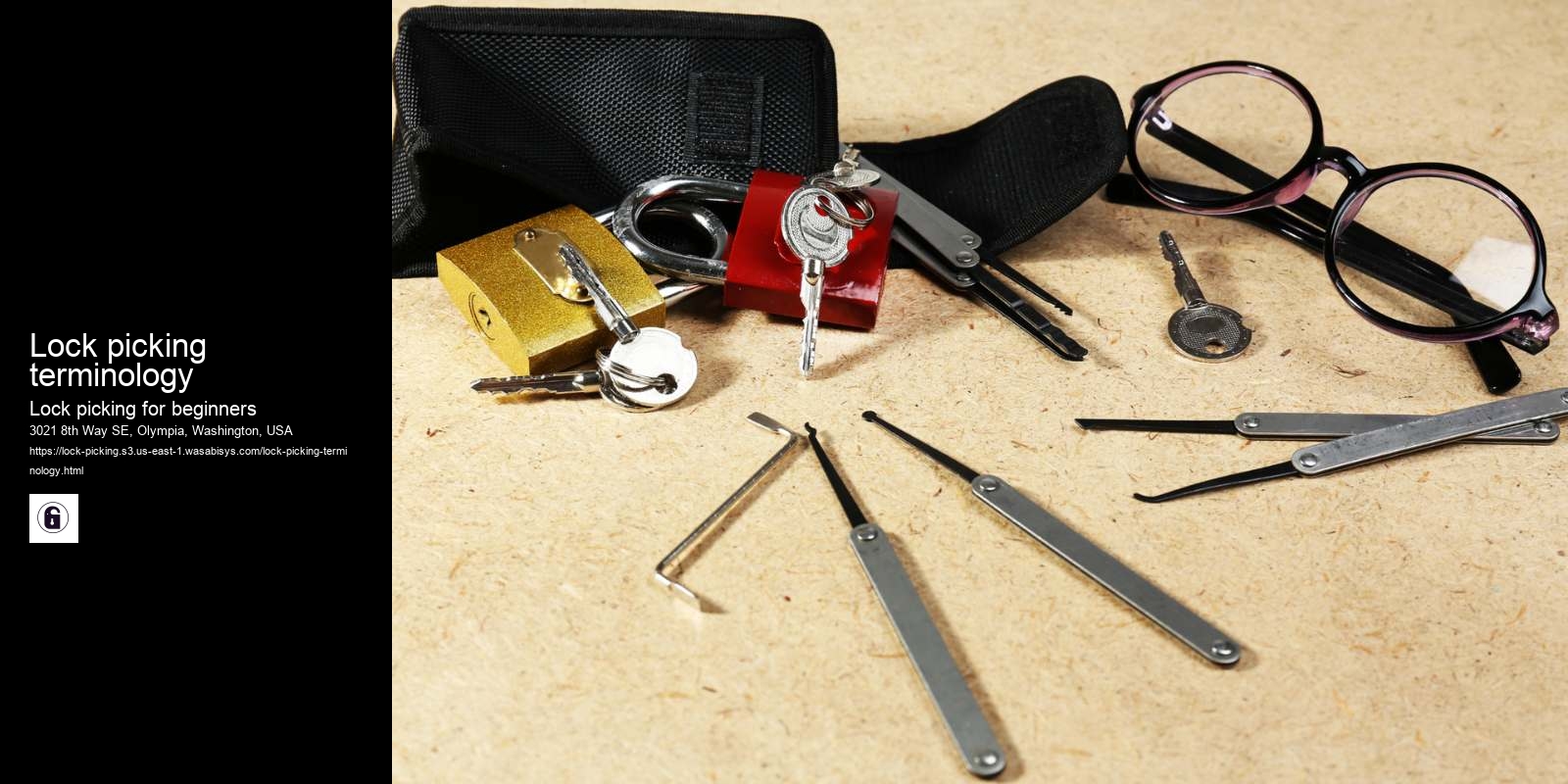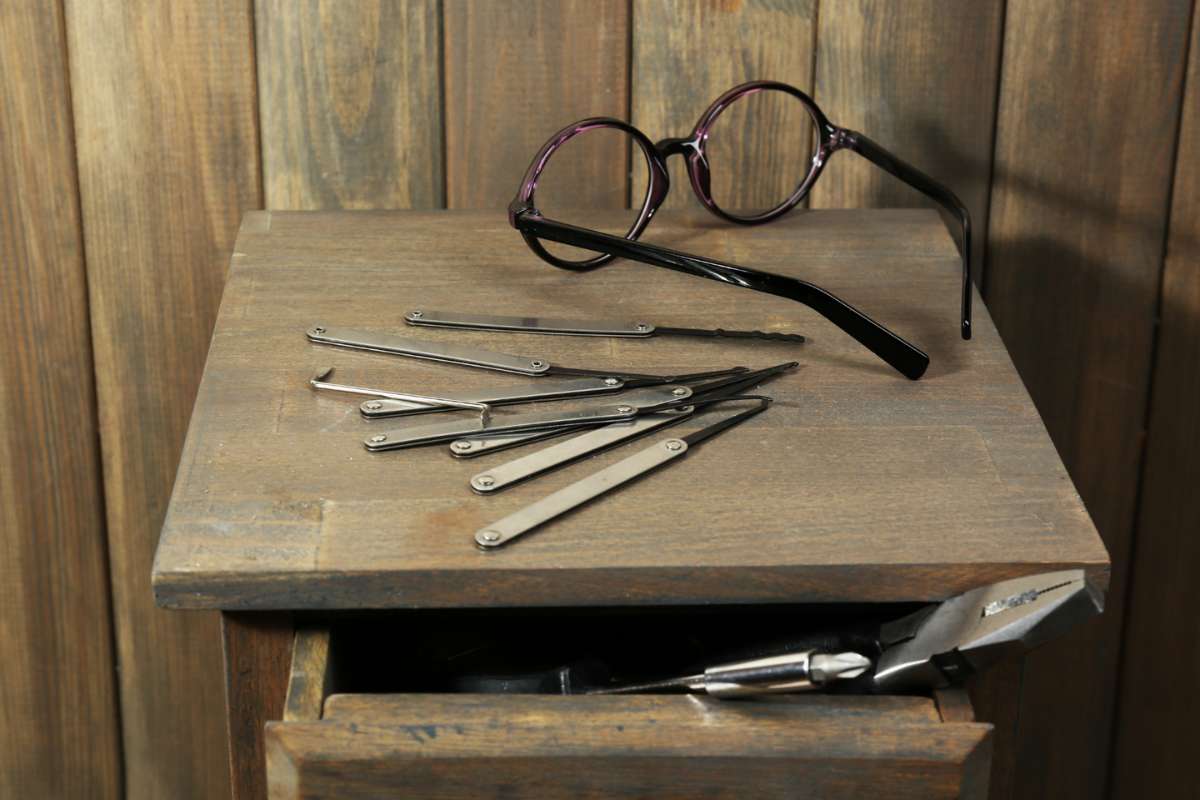Are there any lockpicking tools that are illegal?
Lockpicking is the art of unlocking a lock without the use of a key. It involves manipulating the internal components of a lock to simulate the action of the key and thus open the lock. Lockpicking can be done for various reasons, including legitimate ones such as locksmithing, law enforcement, or personal use, as well as illicit ones such as burglary or theft. The tools used in lockpicking include a variety of picks, tension wrenches, and other devices designed to manipulate the internal components of a lock. Lockpicking requires a great deal of skill, practice, and knowledge of lock design and mechanics. While it can be a useful skill in certain contexts, it is important to note that lockpicking can be illegal in some circumstances and should only be practiced by those who have obtained the necessary legal permission and training.
The legality of lockpicking depends on the context in which it is being used. In general, possessing lockpicking tools is legal in most countries, as these tools can be used for legitimate purposes such as locksmithing or law enforcement. However, using lockpicking tools to gain unauthorized access to a property, such as breaking into a home or vehicle, is illegal and considered a form of burglary or theft.
Some countries may also have specific laws regulating the use of lockpicking tools, such as requiring a license or certification to practice locksmithing or prohibiting the possession of lockpicking tools without a valid reason. It is important to research and understand the laws regarding lockpicking in your jurisdiction before engaging in any lockpicking activities.


